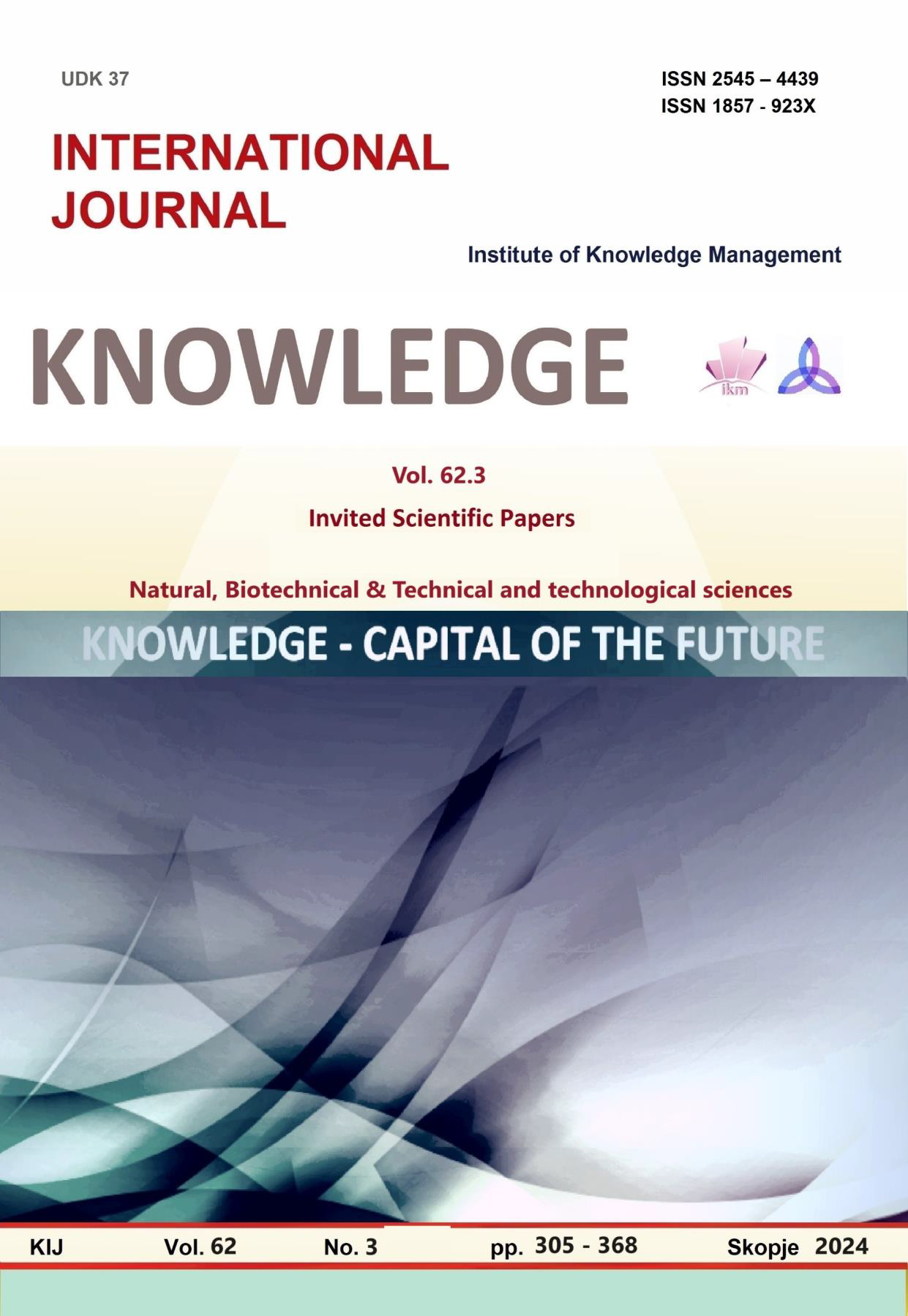PS FILM APPLICATION ON ARTIFICIAL FABRICS
PS FILM APPLICATION ON ARTIFICIAL FABRICS
Author(s): Mariela Todorova, Tihomir Dovramadjiev, Darina DobrevaSubject(s): Social Sciences
Published by: Scientific Institute of Management and Knowledge
Keywords: heat transfer vinyl;application of PS film;temperature affects
Summary/Abstract: The application of heat transfer vinyl onto synthetic materials represents a technology with significant application in the textile industry. Heat transfer vinyl is distinguished by its exceptional durability, abrasion resistance, and color saturation, making it a preferred material for various projects. The combination of multiple types of vinyl in a single project can provide limitless possibilities. Heat transfer vinyl can come in various colors and textures, including neon, matte, glitter and even velvet imitation. The versatility of heat transfer vinyl application on both artificial and natural materials is a key advantage of this technology, due to its flexibility in temperature requirements. Unlike other printing technologies that are typically geared towards either natural or synthetic materials, heat transfer vinyl breaks this limitation. It offers various combining possibilities, allowing for different effects depending on the type of material it is applied to. In this context, the article explores the application of heat transfer vinyl with PS film on synthetic materials, emphasizing the impact of optimal temperature limits during the fixing process. The selection of the right temperature, pressure, and transfer time is crucial for preserving the quality of the material and ensuring the durability of the vinyl. Temperature affects the structure of textile materials. Too low a temperature may result in insufficient adhesion, leading to poor vinyl attachment. Conversely, excessively high temperatures may cause problems such as whitening or deformation of the fabric. At elevated temperatures, heat transfer vinyl application can create a more resistant and durable effect, enhancing the longevity of the vinyl on textiles. Heat transfer vinyl finds extensive use in the textile industry, especially in the branding of clothing, including workwear subjected to intensive use. This application underscores the importance of choosing the correct parameters for heat transfer vinyl application with PS film to achieve high-quality and durable results in the textile industry. This research shows practical applications that hold considerable value for stakeholders within the textile industry. Manufacturers can leverage the reached experience into optimal temperature limits for heat transfer vinyl with PS film, contributing to improved production efficiency and cost-effectiveness. The knowledge gained empowers designers to explore diverse combinations of vinyl types, fostering creativity and expanding design possibilities in textiles. Stakeholders across the production and design spectrum can derive benefits from this research. Manufacturers can implement precise temperature control measures to achieve consistent and high-quality vinyl adhesion on synthetic materials, ensuring the creation of durable textiles.
Journal: Knowledge - International Journal
- Issue Year: 62/2024
- Issue No: 3
- Page Range: 335-338
- Page Count: 4
- Language: English

